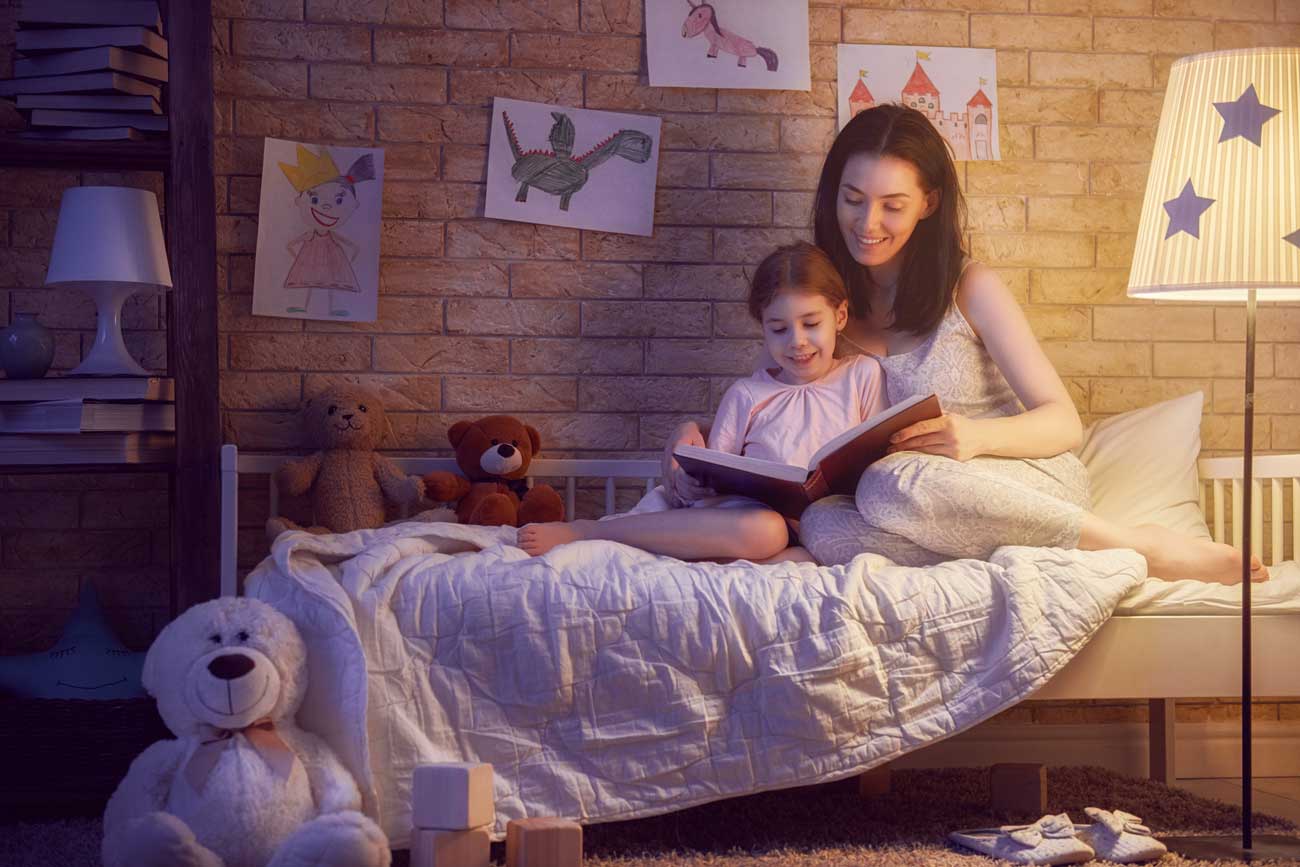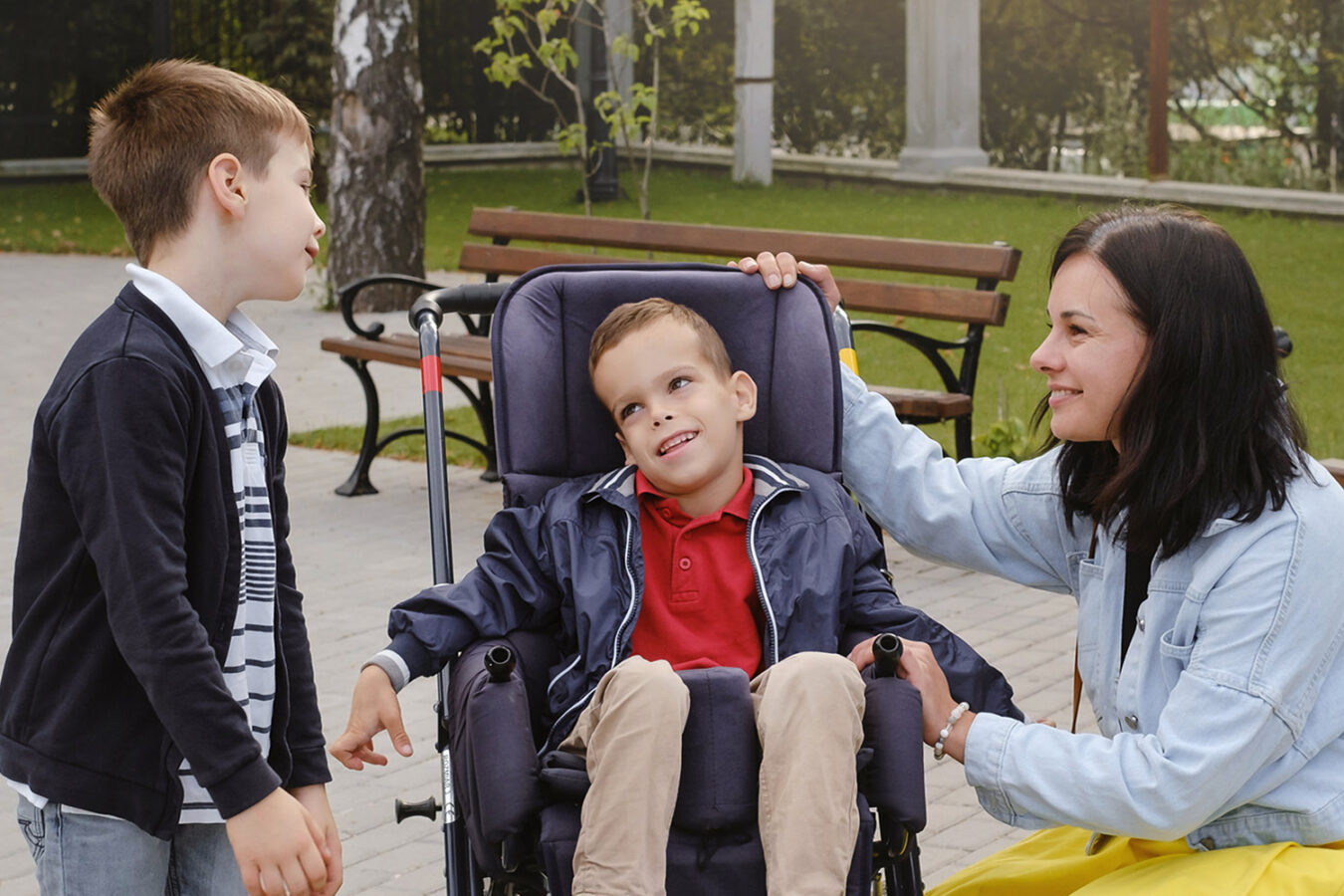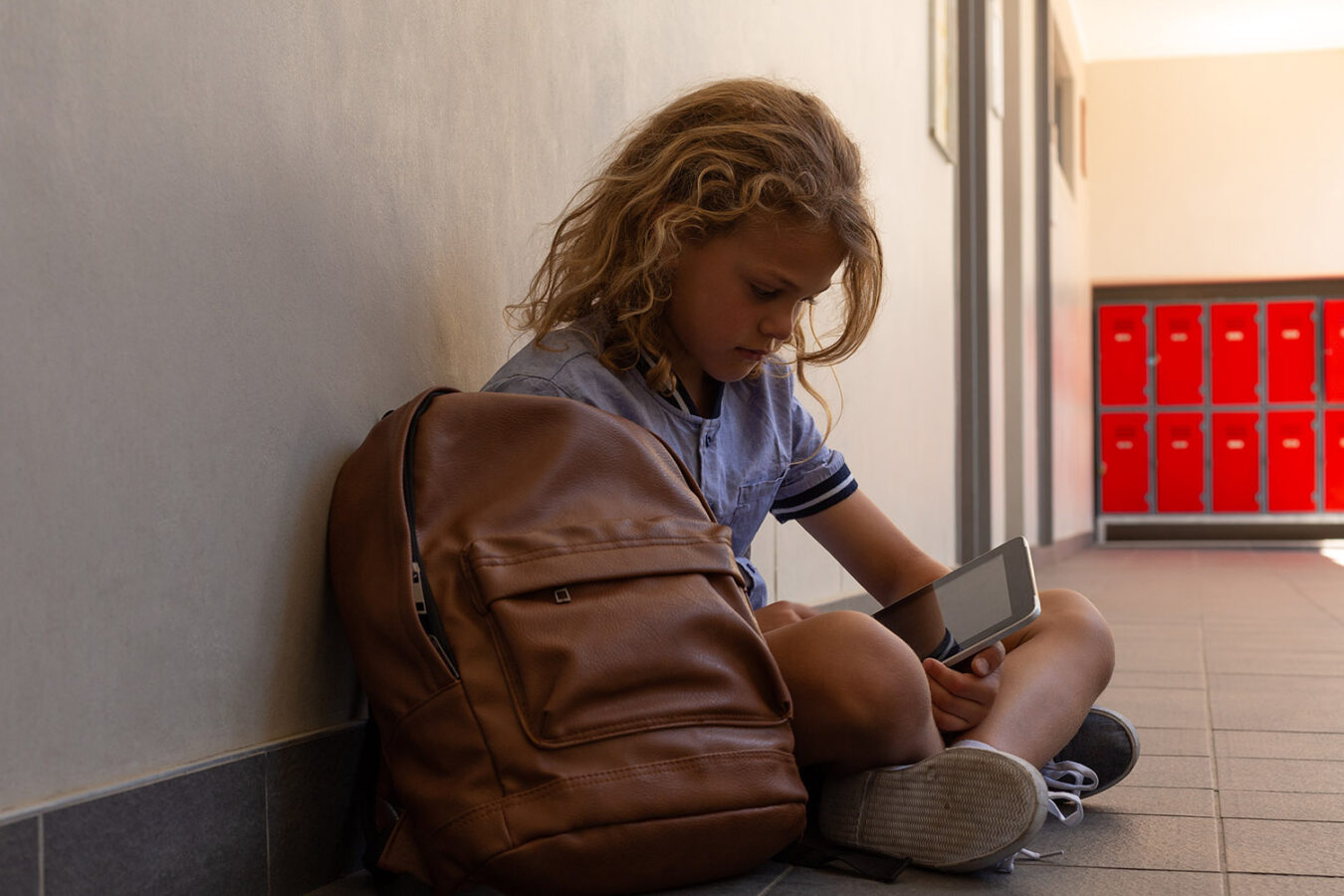
A predictable structure can help families gain quality time and reduce the end-of-day frenzy, writes Heather Miller.
By Heather Miller
The word ‘structure’ can evoke less than positive associations. It suggests constraints, which are never a good thing, right?
Wrong. It turns out that everyone benefits from a certain amount of daily structure, so long as that structure is pleasant, productive and meaningful. Whether it’s the most inventive minds in history, or those people who live in good health past 100, a daily routine or set of micro-routines is correlated with productivity, health and longevity.
As beneficial as routines are for artists and centenarians, they are even more essential for children. ‘One thing we know is that children do best when they know what is coming next,’ says Brenda Carrasquillo, principal of Icahn Charter School 2 in the Bronx, New York, a National Blue Ribbon School. A positive, predictable home routine helps children feel safe and secure. And doing the same things the same way at pretty much the same time each day facilitates the acquisition of skills and knowledge bit by bit, day after day. This is as relevant for learning one’s ABCs as it is for learning how to tie shoe laces or learning how to participate in mealtime conversation.
Not surprisingly, children from unstructured homes often struggle in school. After all, schools are worlds of routine. If you follow a routine at home, your executive function is better developed than it might be if your home life is unpredictable. Having learned one set of routines at home, it’s much easier to learn another set of routines at school. And as all routines require impulse control and focus, the very practice of executing routines strengthens our capacity for learning.
In order to support families of school-aged children, I surveyed best practices in child development and operationalised them in a two-hour school night routine, which I call ‘prime-time parenting’ (which is also the title of my recent book). It starts at 6 or 6.30 pm and ends about two hours later, with a goal of ensuring that children ages 5 to 13 get to bed no later than 9 pm. Here are the broad strokes:
6 pm – The Huddle: Check in with your children; spend 5 to 10 minutes discussing their day and yours, have them take out their homework, guide them in making a list of assignments, and ensure they have the supplies necessary to complete them. As they start on or review their homework, you start on dinner.
6.30 pm – The Dinner Half-Hour: Enjoy a nutritious dinner as a family. Use conversation starters, such as ‘Would you rather live in the future or the past?’ to encourage dinner table talk. Give thanks, as a family, for the good things in your lives, since this daily practice makes people and families happier, more resilient, and psychologically stronger. Encourage good table manners, because these impulse-control behaviors are what makes dinner table banter possible.
7 pm – The Homework Hustle: Sit with your children as they complete their remaining assignments. Monitor, motivate, organise, and praise them as they finish their work. Your job is not to do your children’s homework — or even to correct it — but to ensure that it gets done thoroughly and reflects a serious effort. This part of the routine may stretch to a full hour for children who have a lot of homework.
7.30 pm or 8 pm – Bath, Book, and Bed: Most children require a 30-minute bedtime routine in order for them to fall asleep with ease. A bath or shower has soporific effects; changing our body temperature and encouraging sleepiness. Reading with our children — even when they’re in middle school — lets us share cherished books and enjoy a special bonding ritual each evening. A final tucking in can help a child to feel safe, secure, loved and ready for rest.
Beyond Bedtime: Getting the kids to bed by 8.30 or 9 pm has two benefits: it enables children to get the recommended 9 to 11 hours of sleep they need, and it enables parents to get a couple of hours for themselves each evening. Granted, part of that time will be washing up and preparing for the next day, but these tasks can feel somewhat meditative when done in a house where children are sleeping. When parents have time for themselves each evening, both for organisation and for rest and relaxation, they are better able to cope with the demands of work and parenthood.
In the digital age, when the constant stream of devices so frequently interrupts the flow of home life and face-to-face interaction, routines at home are more important than ever — especially ones that involve turning off those devices entirely for limited amounts of time. A nightly two-hour, screen-free routine can help us actively parent and provide a meaningful, positive home structure that not only benefits a child’s development but enhances the wellbeing of the entire family.
Heather Miller, who received her master’s degree from the Harvard Graduate School of Education in 2000, is the director of LePage-Miller, an education firm based in New York City. She is the author of Prime Time Parenting, a guide to parenting in the digital age, with a focus on developing evening routines that work for kids and parents.

This post originally appeared on Usable Knowledge, Harvard Graduate School of Education. We thank them for allowing us to republish it on The Parents’ Website.
Like this post? Please share using the buttons on this page.
You can also subscribe to The Parents’ Website and get regular updates straight to your inbox.


